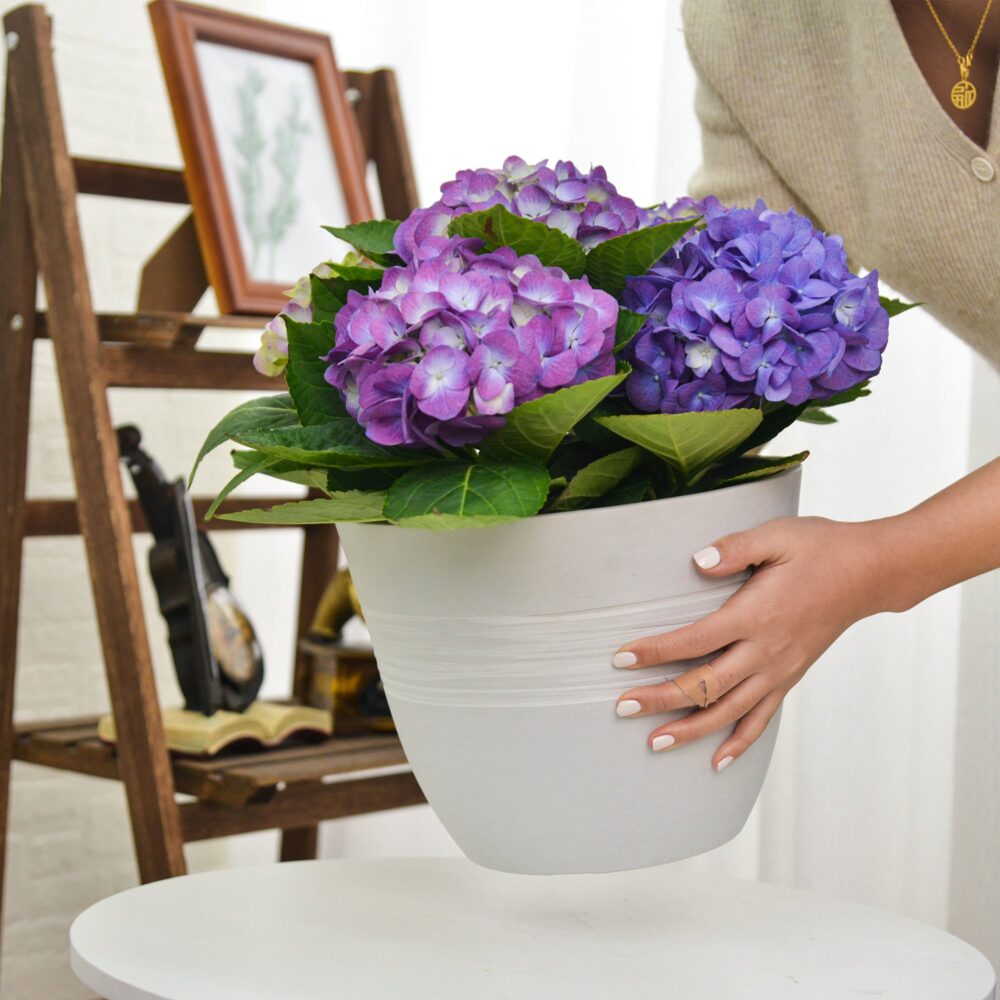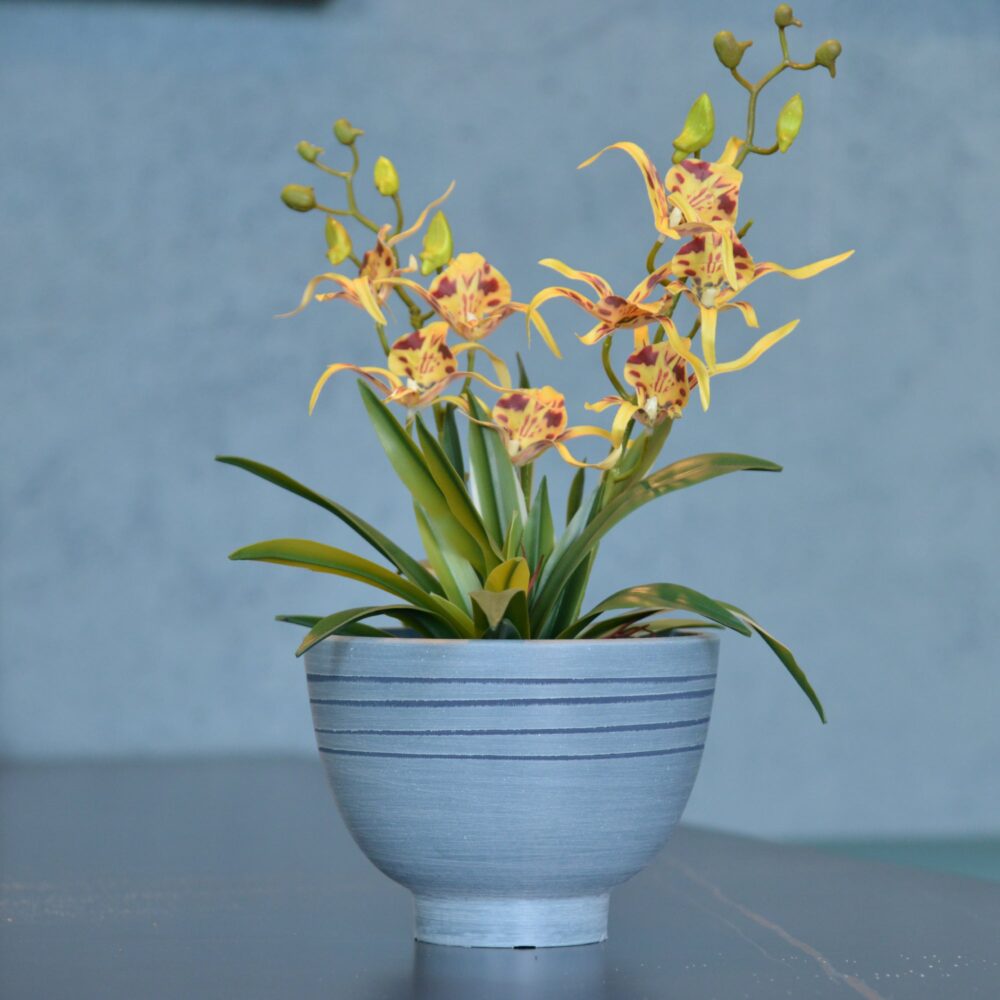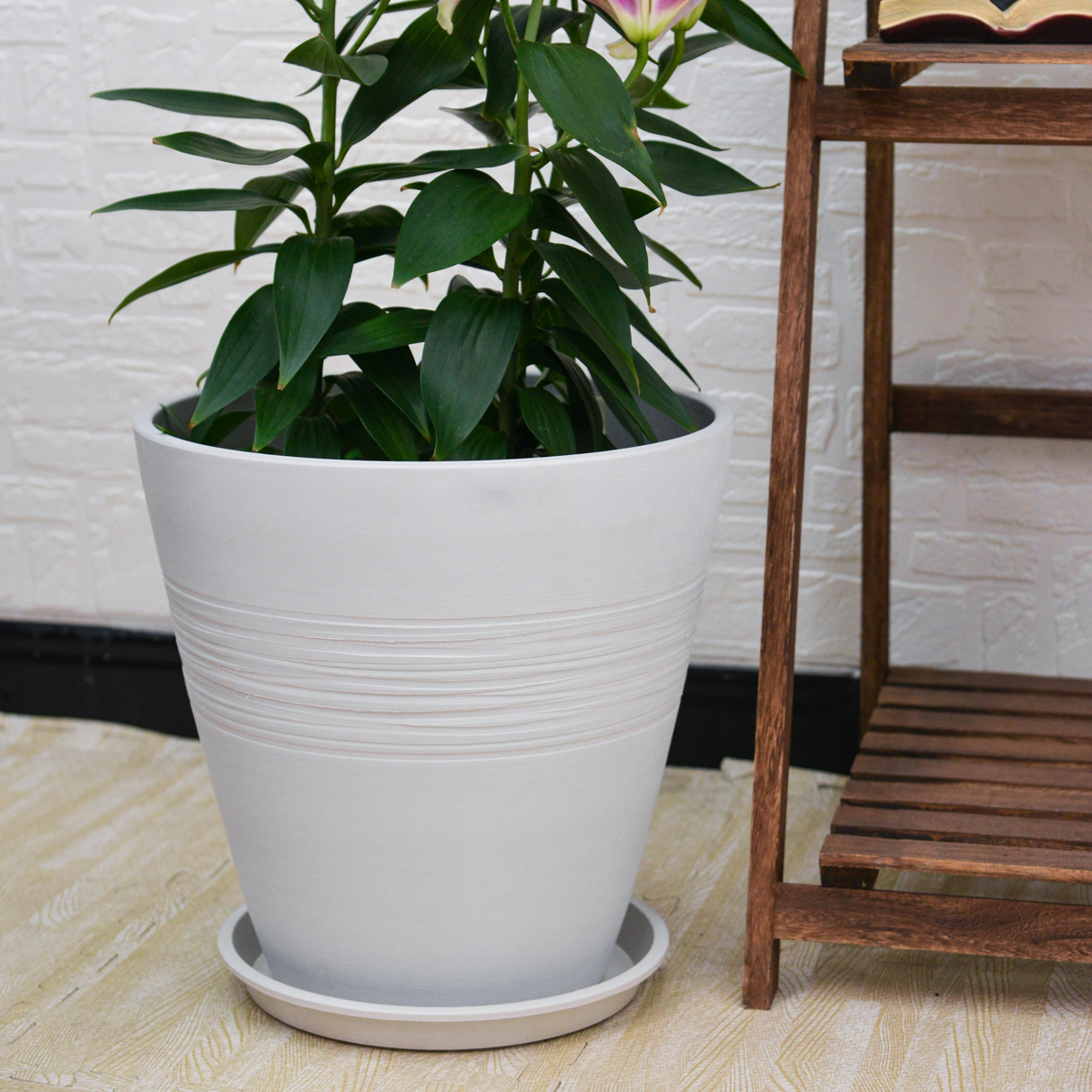Do self watering containers really work?
self-watering containers generally do work and can be a very effective method for growing plants, especially indoors.1They offer a convenient way to keep your plants consistently hydrated, which can lead to healthier growth and less hassle for you.
Here’s a breakdown of why they work and what you should know:
How Self-Watering Containers Work:
Self-watering containers, also known as sub-irrigated planters (SIPs), are designed with a built-in reservoir at the bottom.This reservoir holds water that the plant can access as needed. The most common mechanisms include:
- Wicking Action: Many self-watering containers use a wick made of materials like cotton, felt, or porous grow media. This wick extends from the water reservoir up into the soil. As the soil dries, water is drawn up through the wick via capillary action to the roots.
- Reservoir and Soil Separation: A key design element is the separation between the water reservoir and the main soil compartment. This prevents the plant’s roots from sitting directly in water, which can cause root rot. The plant only draws water as needed, reducing the risk of overwatering.
- Water Level Indicator (Optional): Some containers include a water level indicator, which allows you to easily see how much water is in the reservoir and when it needs refilling.
Benefits of Self-Watering Containers:
- Consistent Moisture: They provide a steady and even supply of moisture to the plant’s roots.This consistent hydration is crucial for healthy growth, especially for plants that are sensitive to drying out or prefer consistently moist soil.
- Reduced Overwatering and Underwatering: By allowing plants to take up water as they need it, self-watering containers help minimize the common problems of overwatering and underwatering. This is particularly helpful for those new to plant care or who tend to be inconsistent with watering.
- Less Frequent Watering: You don’t need to water as often compared to traditional pots.Depending on the plant type, container size, and environmental conditions, you may only need to refill the reservoir every few days or even weeks. This is very convenient for busy individuals or when you travel.
- Water Conservation: Water is delivered directly to the roots, minimizing water loss through evaporation from the soil surface and runoff. This makes them more water-efficient than top-watering methods.
- Healthier Plants: Consistent moisture levels promote healthier root development, stronger plants, and often better flowering and fruiting.
- Convenience for Travel: They are excellent for keeping plants watered while you are away on vacation for short periods, depending on the reservoir size and plant water needs.
Potential Drawbacks to Consider:
- Cost: Self-watering containers can be more expensive than standard pots.
- Salt Buildup: Over time, salts from fertilizers and tap water can accumulate on the soil surface as water is drawn from the bottom. You can manage this by occasionally top-watering to flush out the salts.
- Not Ideal for All Plants: While many plants thrive in self-watering containers, some plants prefer drier conditions and may not be suitable. Plants that like very well-draining soil, such as certain cacti or succulents, might not be the best candidates unless carefully managed.
- Algae Growth: Algae can sometimes grow in the water reservoir, especially if it’s exposed to light. This is usually not harmful but can be aesthetically unappealing. Opaque containers can help reduce algae growth.
Overall Effectiveness:
For most common houseplants and many edible plants like herbs, tomatoes, peppers, and leafy greens, self-watering containers are indeed effective. They simplify plant care, promote healthier growth, and can be a worthwhile investment for plant lovers of all levels.
Tips for Maximizing the Effectiveness of Self-Watering Containers:
- Choose the Right Size: Select a container size appropriate for the mature size of your plant.
- Use a Suitable Potting Mix: Use a well-draining potting mix that is appropriate for the type of plant you are growing.
- Monitor Water Levels: Regularly check the water reservoir and refill it when needed. Don’t let it completely dry out.
- Consider Plant Needs: Ensure the plant you choose is suitable for self-watering systems and prefers consistent moisture. Research your plant’s specific watering preferences.
- Flush Periodically: To prevent salt buildup, occasionally water from the top until water drains out the bottom to flush out excess salts.

In Conclusion:
Self-watering containers are a practical and effective way to water plants, offering numerous advantages for both plant health and your convenience. They can be a great tool to simplify plant care and help your indoor garden thrive.
HS
By greenship|2024-08-13T06:45:17+00:00August 13, 2024|Categories: Hand-carving Series|
Modern Plant Pots丨Planter for Indoor Plants,8 inch or 10 inch Plant Pots with Drainage Hole,Decorative Flower Pots
By greenship-seo|2025-04-10T08:32:55+00:00January 7, 2025|Categories: Hand-carving Series|Tags: Decorative Flower Pots, Self-Watering Pots|
20T
By greenship|2024-08-13T06:42:22+00:00August 13, 2024|Categories: Hand-carving Series|
Planter for Indoor Outdoor Plants, Set of 2 Modern Decorative Plant Pots with Drainage Hole, Decorative Flower Pots
By greenship-seo|2025-01-14T12:26:44+00:00January 14, 2025|Categories: Hand-carving Series|Tags: Decorative Flower Pots|
8 inch/10 inch Planter Indoor Plants, 2 Pack Modern Decorative Plant Pots with Drainage Hole, Cute Bowl Shape Flower Pots
By greenship-seo|2025-04-10T08:03:42+00:00January 9, 2025|Categories: Hand-carving Series|Tags: Decorative Flower Pots, Self-Watering Pots|
KC2-GS
By greenship|2024-08-16T06:30:21+00:00August 16, 2024|Categories: Hand-carving Series|






